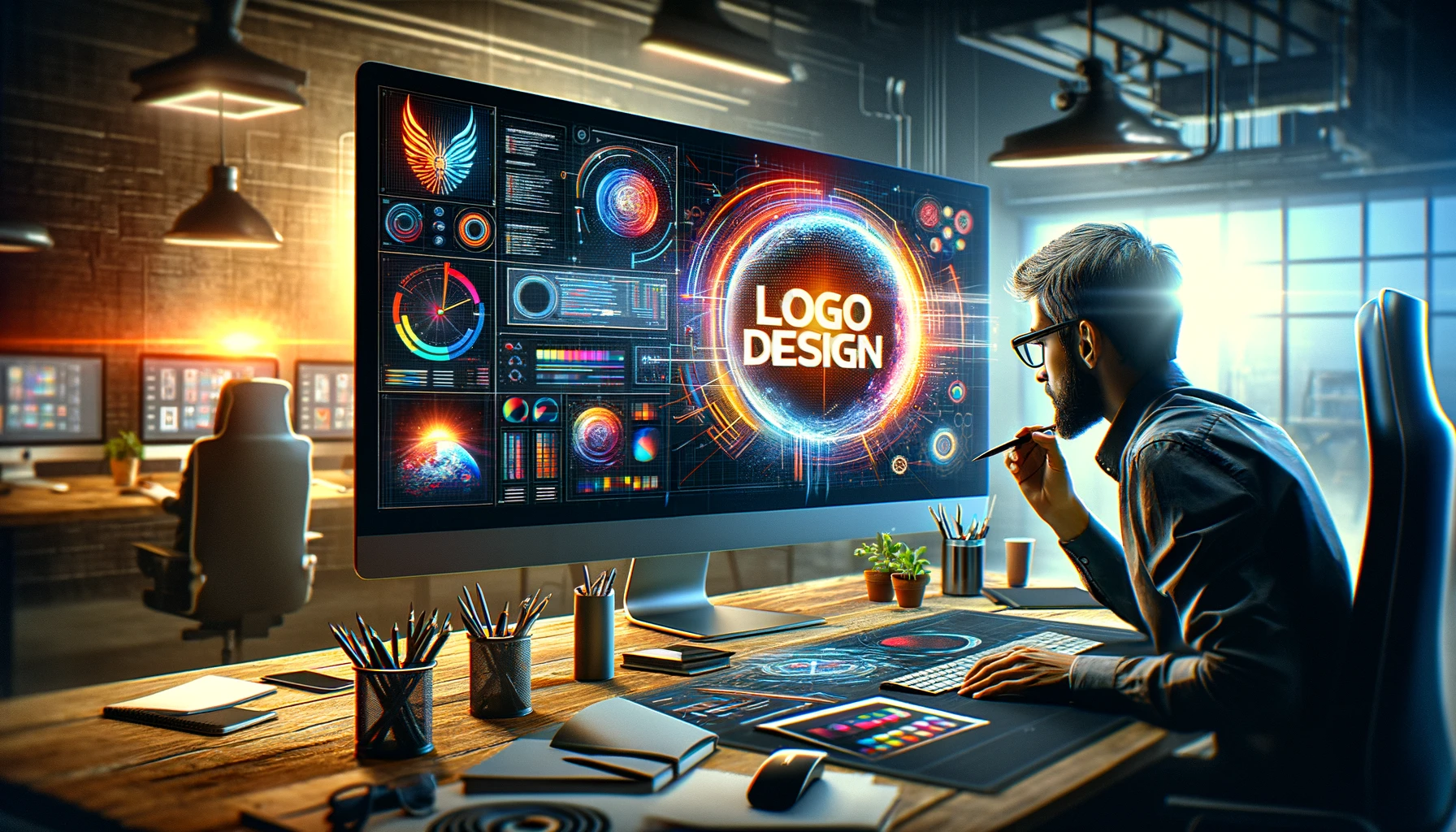Introduction
we believe that effective logo design goes hand in hand with functionality, serving as a powerful tool for communication, differentiation, and brand recognition. Join us as we explore the multifaceted role of logos and how they contribute to the success of a brand beyond their surface beauty.
Communicating Brand Identity
A well-designed logo serves as a visual representation of a brand’s identity, encapsulating its values, mission, and personality in a single mark. Through carefully chosen colors, typography, and imagery, a logo communicates the essence of a brand to its target audience, forging an emotional connection and fostering brand loyalty.
Establishing Brand Recognition
One of the primary functions of a logo is to create instant recognition and recall in the minds of consumers. A memorable and distinctive logo sets a brand apart from its competitors, making it easier for consumers to identify and remember amidst a sea of competing messages. Think of iconic logos like Nike’s swoosh or McDonald’s golden arches – instantly recognizable symbols that have become synonymous with their respective brands.
Differentiating from Competitors
In today’s crowded marketplace, differentiation is key to standing out and capturing the attention of consumers. A well-designed logo helps a brand carve out its unique identity, distinguishing it from competitors and conveying its unique value proposition. By conveying a sense of authenticity and credibility, a logo can help a brand attract and retain loyal customers in a competitive landscape.
Enhancing Brand Consistency
Consistency is crucial in building a strong and cohesive brand identity across all touchpoints. A well-designed logo serves as a central anchor point for brand consistency, ensuring that every interaction with the brand reinforces its identity and values. Whether it’s on a website, a product package, or a social media post, a consistent logo helps to reinforce brand recognition and build trust with consumers.
Adapting to Various Platforms
In today’s digital age, logos must be versatile enough to adapt to a wide range of platforms and media formats. From print materials to websites to mobile apps, a logo should look equally impressive and recognizable across different channels. Scalability, readability, and adaptability are essential considerations in logo design, ensuring that it maintains its impact and effectiveness across various contexts.
Conclusion
While aesthetics undoubtedly play a crucial role in logo design, functionality is equally important in ensuring its effectiveness as a brand asset. A well-designed logo not only looks good but also communicates, differentiates, and enhances brand recognition across diverse channels and touchpoints. At Sirixo, we understand the intricate balance between form and function, and we’re committed to creating logos that not only captivate the eye but also serve as powerful tools for brand success. Let’s work together to craft a logo that goes beyond aesthetics, driving meaningful connections and elevating your brand to new heights.

Search
Categories
- AI 4
- Analytics & Data Science 16
- Blogs 8
- Brand Identity 23
- Business 10
- CMS & LMS 22
- Development 1
- Digital Marketing 20
- Digital Signage 12
- E-commerce 6
- Education & E-Learning 1
- Enterprise solution 15
- Events 2
- Food & Grocery 1
- Internet of Things 9
- Mobile App Development 15
- News 5
- Open Source Development 12
- SEO Search engine optimization 2
- Software 1
- Staff Augmentation 3
- Uncategorized 24
- Web Design 1
- Web Development 19
- Web Security and Performance 19
- Website Development 2
- WordPress Development 3
Recent Posts
-
Les avantages de choisir un casino proposant des free spins attractifs pour les joueurs
-
Arlequin Casino et ses promotions exclusives qui transforment les jeux en ligne
-
Tendances actuelles des casinos Neosurf et leur impact sur l’industrie du jeu
-
مقارنة شاملة بين كازينوهات قطر التي تعتمد على استخدام VPN
-
Les bénéfices de l’utilisation de Paysafecard dans les casinos en ligne sans soucis


